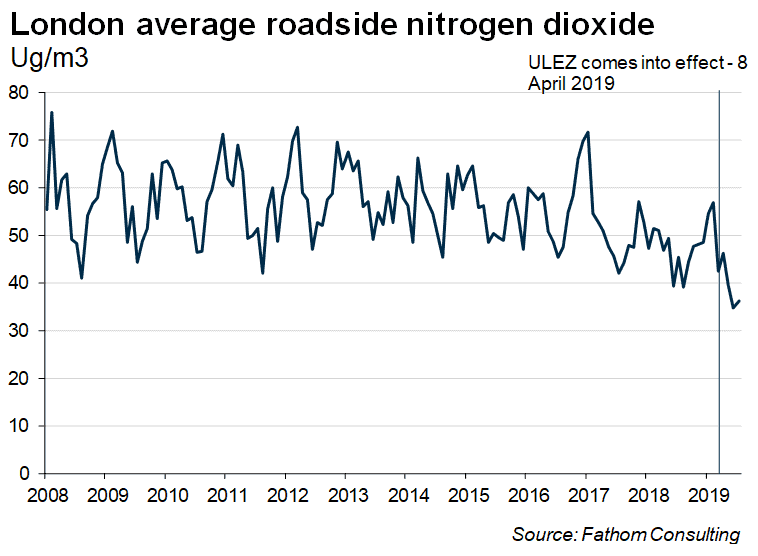A sideways look at economics
In the interests of transparency, I’ll start this blog post by admitting that I failed my driving test. Twice. This happened in the United States, where my task was to navigate a four-block area of North East Washington DC, before parallel parking. In neither attempt did I reach the parking portion of the test, hitting the curb on the first turn of my inaugural attempt, and switching lanes without signalling on the second. I didn’t think I had the mental strength to cope with a hat-trick of failures. Looking back, however, I’m glad I failed. Having lived without driving, I now realise I hate cars. Look, I know many people enjoy their motor vehicle: it has been lionised in pop culture, painted as a ticket to personal freedom and a status symbol worth aspiring to. But in a world that’s becoming increasingly urbanised, it’s getting harder and harder to justify having so many moving blocks of metal in our city centres.
It’s not hard to think of downsides associated with urban car ownership. An average parking space measures 8ft by 16ft. And Transport for London (TfL) estimates there are 6.8 million of them in the UK capital, using up acres of land in one of the world’s most expensive cities. This not only pushes up house prices but increases congestion as well. But if being broke after paying your rent and being stuck in traffic isn’t enough to annoy you, how about learning that, to cap it all off, urban car owners are helping to reduce the country’s long-term growth prospects? Studies have identified a reduction in test outcomes and an increase in behavioural issues based on polluted air. Cars aren’t the only culprits, but within central London around half of nitrogen dioxide emissions were estimated to have come from road transport, with diesel cars being the biggest group within that.
Car use in cities harms third parties and therefore produces negative externalities. It seems appropriate for users to pay the cost of these. One easy solution in such cases is to apply a tax. London has proven to be a world leader in that regard. London first introduced a congestion charge in 2003, charging road users who entered the heart of the city. After six months, TfL reported a 60,000 reduction in car journeys into the zone with around half of those journeys replaced by public transport instead. But with air pollution still stubbornly high, an Ultra Low Emission Zone (ULEZ) was introduced in April this year. The scheme charges a £12.50 fee to the most polluting modes of transport entering parts of inner London. Estimates suggest it has reduced emissions by 20%. Taxes may hurt, but they also work.

Despite this improvement, the average monthly level of nitrogen dioxide remains just a whisker below the EU limit of 40 micrograms per cubic metre. Undoubtedly, many areas will have levels well above that, including schools. There appears to be a strong case for a further increase in the penalty rate certain road users face in order to reduce this figure further. For what it’s worth, the city administration plans to expand the area covered by the ULEZ in 2021. However, just increasing taxes is probably not the answer. TfL research finds that residents in boroughs with better transport links are less likely to own a car. The stick of penalising urban car use should be matched by carrots of increased investment in public infrastructure. Efforts to increase the popularity of pollution-free transport methods such as cycling and walking also appear worthwhile.
The car has been central to living habits for decades and so reversing this will prove difficult, but not necessarily impossible. It’s not just London. The percentage of US sixteen-year-olds with a driver’s licence halved between 1983 and 2014. Other world cities are also fighting back. The number of kilometres driven in Paris has dropped by almost half since 1990. Meanwhile, Mexico City has ‘Muevete en bici’ each Sunday, where cars are banned from certain areas and city residents are encouraged to reclaim these public spaces free from the noise and pollution of motor vehicles. Bogota does something similar. Meanwhile, Kigali has a car-free Sunday once a month. These are just baby steps, but may be the beginning of the end of urban car ownership. Let’s hope so at least. I don’t plan on taking my test again anytime soon.